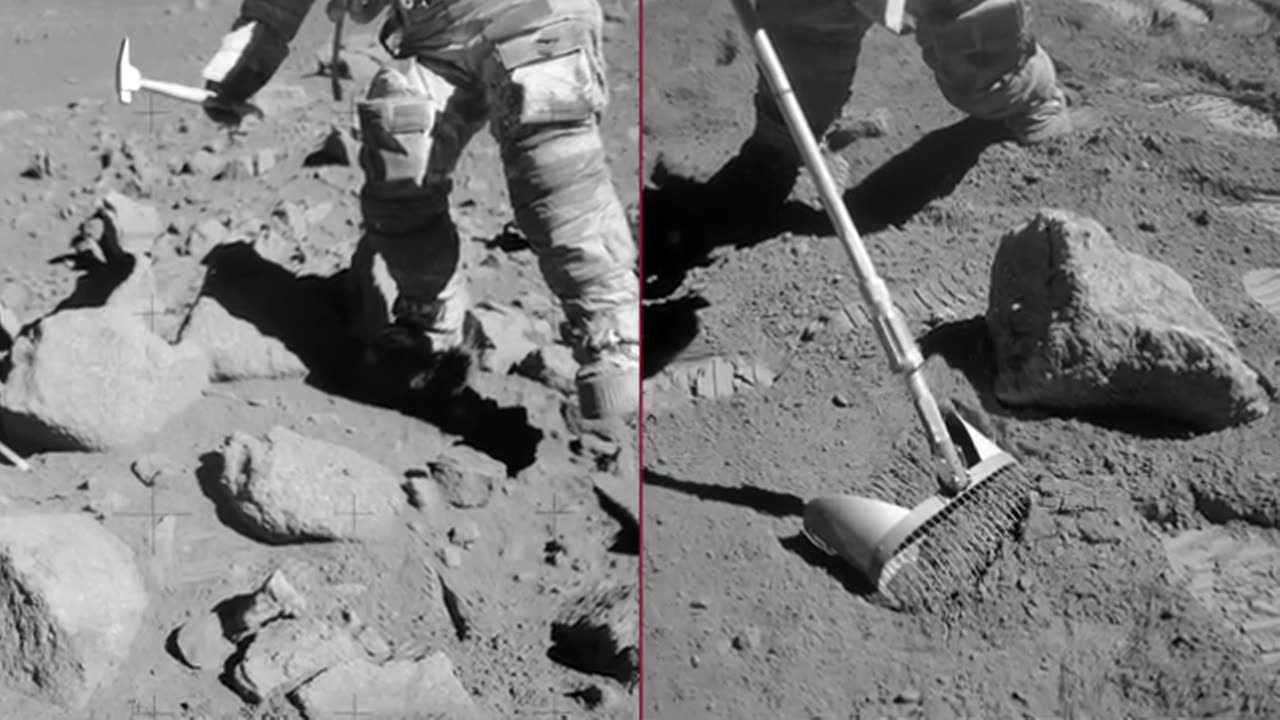Premium Only Content

"Lunar Insight: Unveiling the Secrets of the Moon's Mysteries"
In the vast cosmic expanse, Earth's moon stands as a celestial enigma, shrouded in mystery and intrigue. As humanity ventures beyond the confines of our home planet, the Moon becomes the stage for an extraordinary scientific odyssey, a journey that transcends borders and beckons us to unravel its cosmic secrets.
Enter the realm of "Moon Quest," where scientific curiosity meets lunar exploration, spearheaded by dedicated minds and cutting-edge technology. This monumental endeavor is not just a mission; it's a testament to the relentless pursuit of knowledge that defines our species. The science operation on the Moon represents a pivotal chapter in humanity's cosmic narrative. It unfolds against the stark lunar landscape, a canvas that has witnessed eons of celestial ballets and cosmic dramas. As we embark on this lunar odyssey, the primary objective is to decode the Moon's enigmatic past, understand its present dynamics, and lay the groundwork for future interstellar exploration. At the heart of Moon Quest lies a sophisticated array of scientific instruments, each meticulously crafted to unveil the Moon's mysteries. Advanced telescopes gaze into the cosmic abyss, capturing the minutiae of lunar geology and offering unprecedented insights into the Moon's formation. Cutting-edge spectrometers analyze the composition of lunar soil, seeking clues about the Moon's history and its role in shaping the early solar system. The lunar surface, once thought to be a desolate expanse, is now a bustling scientific hub. Robotic explorers, equipped with state-of-the-art sensors, traverse the Moon's terrain, mapping its topography and probing its subsurface. These intrepid machines venture into craters and traverse ridges, collecting samples that promise to unlock the geological secrets embedded in the Moon's rocky exterior. One of the key focuses of MoonQuest is unraveling the Moon's mysterious polar regions. These frigid landscapes, perpetually cast in shadows, harbor secrets that could reshape our understanding of the lunar environment. Instruments aboard lunar rovers probe the permanently shadowed craters, where water ice may be preserved—a potential resource for future human exploration and a key ingredient in deciphering the Moon's climatic history. #SpaceLunarWonder
-
 7:22:09
7:22:09
Meisters of Madness
9 hours agoOmega Gaiden - Part 4
26.4K1 -
 2:51:18
2:51:18
Barry Cunningham
8 hours agoBREAKING NEWS: NATIONAL GUARD ATTACK PRESS CONFERENCE AND LIVE UPDATES!
76.3K51 -
 LIVE
LIVE
SilverFox
5 hours ago🔴LIVE - ARC AT NIGHT! COME THRU!
382 watching -
 2:46:09
2:46:09
Joker Effect
5 hours agoCLAVICULAR - What the hell is "Looks Maxing"? Asmond Gold is a Demon. KaceyTron. Steve Will do it.
32.7K3 -
 3:31:22
3:31:22
SlingerGames
4 hours agoLIVE - Wumble Wednesday - BIRTHDAY STREAM!
12.6K1 -
 LIVE
LIVE
StevieTLIVE
5 hours agoWarzone Win Streaking BIG Challenges MASSIVE Hype NO Losses LOCK IN
79 watching -
 5:33:40
5:33:40
FrizzleMcDizzle
6 hours agoThis game is scary AF - RESIDENT EVIL 7
5.93K -
 1:03:47
1:03:47
TheCrucible
9 hours agoThe Extravaganza! EP: 66 (11/25/25)
95.5K14 -
 4:23:35
4:23:35
xxTOWERDOGxx
8 hours ago🦃Wobble Wobble, while you Gobble Gobble 🦃🟢Premium Creator🟢🪒No Shave November🪒
3K -
 2:02:38
2:02:38
Blabs Life
8 hours agoPART 4: Peter Jackson's King Kong: The Official Game of the Movie | Noob Plays
20.1K1